Smoke is a natural byproduct of burning wood, and it's impossible to have a fire without any smoke. We've all had the experience of being chased by the smoke of a bonfire. It seems that if you've got a smokey fire on your hands, no matter where you sit, the smoke can follow you. But fear not! In addition to smokeless fire pits that allow for airflow, there are many simple ways to dramatically reduce the amount of smoke your fire produces, so that you can fully enjoy a real fire in a real fire pit. A truly smokeless fire may not exist, but there are ways to make your fires smoke less.
Choose the right type of firewood
Whenever possible, use seasoned firewood to create a smoke-less fire. Seasoned wood has been dried out for at least six months, and it will burn more efficiently and produce less smoke than green, wet, or punky wood. Green, or freshly cut, wood contains more moisture, which turns to steam when the wood is burned. This steam can both cool down the fire and release more smoke as the wood continues to burn.
The type of firewood you use can make a big difference in how much smoke your fire produces. Hardwood, such as oak, maple, and birch, burns hotter and cleaner than softwood, such as pine and fir. Softwood contains more resin, which can result in a smokier fire. For less smoke, stick to hardwood that has been properly dried and seasoned.

How to season your firewood
If you don't have access to seasoned firewood, you can season your own wood by storing it in a dry, well-ventilated area for at least six months. Split the wood into smaller pieces before storing it, so that it dries out more quickly.
You can also check the moisture content of your firewood using a moisture meter. Seasoned firewood should have a moisture content of less than 20%. Seasoned firewood smokes less than moist or green firewood.
Encourage airflow
Airflow is essential for a clean-burning fire. Make sure your fire pit or fireplace has good ventilation. You can also encourage airflow by stacking your wood loosely and leaving some space between the pieces of wood.
If you are using a fire grate, make sure that it is raised off the ground. This will allow for better airflow and help to burn the wood more efficiently. Raised fire grates help to create a smokeless flame for greater enjoyment around the fire.
[product=original-fire-grate-w-ember-catcher]
Elevate your firewood for a cleaner, less smoky burn. The Original Fire Pit Grate with Ember Catcher provides a flat surface to build a tall fire, and the attached ember catcher aids in a hot, clean burn.
[/product]
Use an elevated fire grate
An elevated fire grate can help to reduce smoke by raising the fire off the ground. This allows for better airflow from around and underneath the fire and helps to burn the wood more efficiently. Seasoned wood that burns efficiently smokes less.
There are a few different options for elevating your fire wood. A stand-alone fire grate sits in the bottom of the fire pit area and elevates the firewood to encourage airflow from both around and underneath the firewood. A smokeless fire pit insert will allow for airflow, re-circulating smoke for cleaner combustion.
Build your fire correctly
How you build your fire can also affect the amount of smoke produced. Start with a small pile of kindling, or a non-toxic fire starter, and build your fire up gradually. Add larger pieces of wood as the fire gets going. Avoid packing too much wood into the fire too early, as this can restrict airflow and create more smoke.
Here is a step-by-step guide on how to build a fire that smokes less:
- Choose a dry, well-ventilated spot to build your fire.
- Clear away any debris from the area.
- Build a small pile of kindling in the center of the fire pit.
- Light the kindling and let it catch fire.
- Once the kindling is burning, add a few larger pieces of wood to the fire.
- Continue adding wood to the fire as needed, but avoid overloading it.
Other tips for reducing smoke
Here are some other tips for reducing smoke from your fire:
- Avoid burning garbage, plastic, or other materials in your fire.
- If you are using a fire pit, try to build your fire in the center of the pit. This will help to create a more even burn and reduce smoke production. Using a mesh ember catcher can increase the heat of your fire, reducing in less ash and smoke.
- Don't overload your fire with wood. Leave room for airflow around and under the fire.
- Keep your fire pit or fireplace clean and free of debris. Ash build-up underneath a fire pit grate can hinder air flow, making a smoky fire.
- If you're using a fire starter, choose one that is non-toxic and produces little smoke.
Using the correct firewood and allowing for good airflow are the main factors when looking to build a smoke-free fire. For a smokeless fire pit, pair seasoned fire wood and look for engineered designs that reduce smoke production. Using these tips will increase enjoyment and allow you to spend more peaceful time fireside.
Luxury Firepits - Firepit Accessories - Firepit Grates
Walden Backyards Makes the Highest Quality Fire Pits and Accessories
Legacy Firepit - Blow Through Stoker Poker - Fire Pit Grates - Accessories






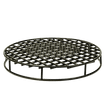


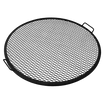



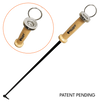


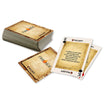

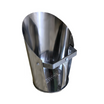

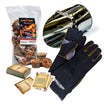



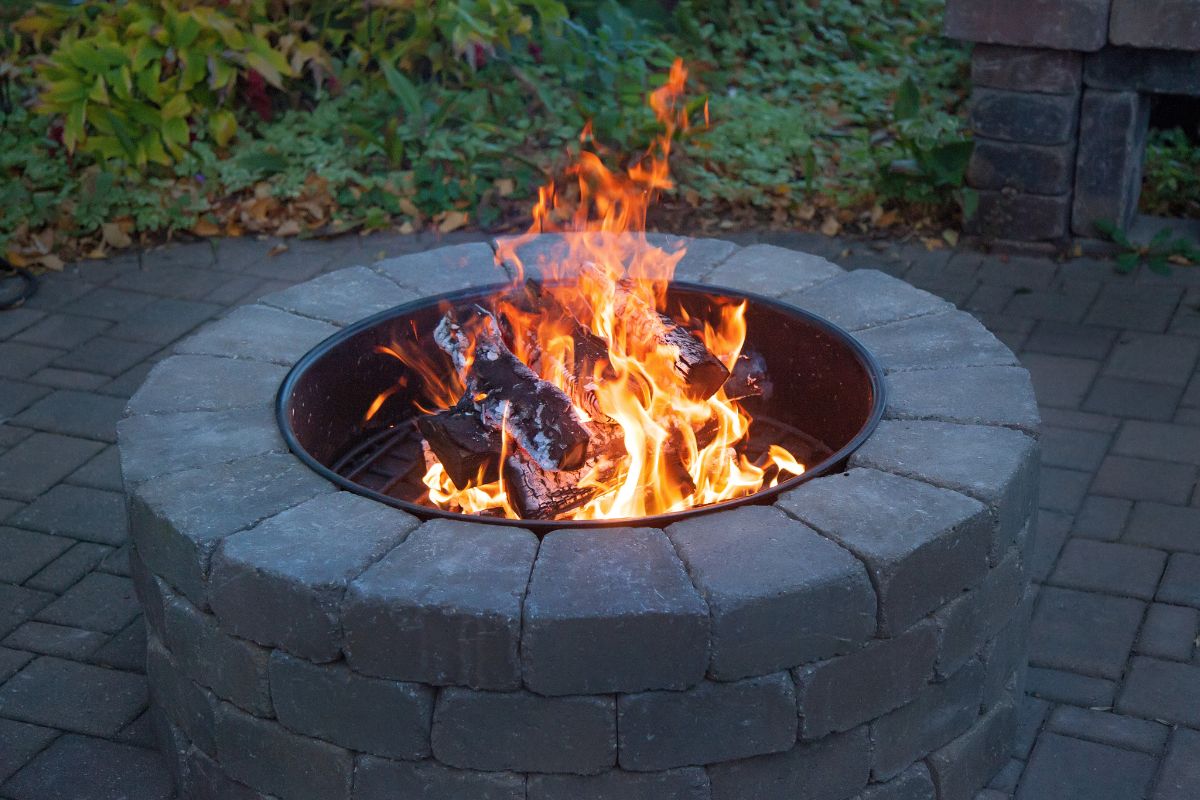

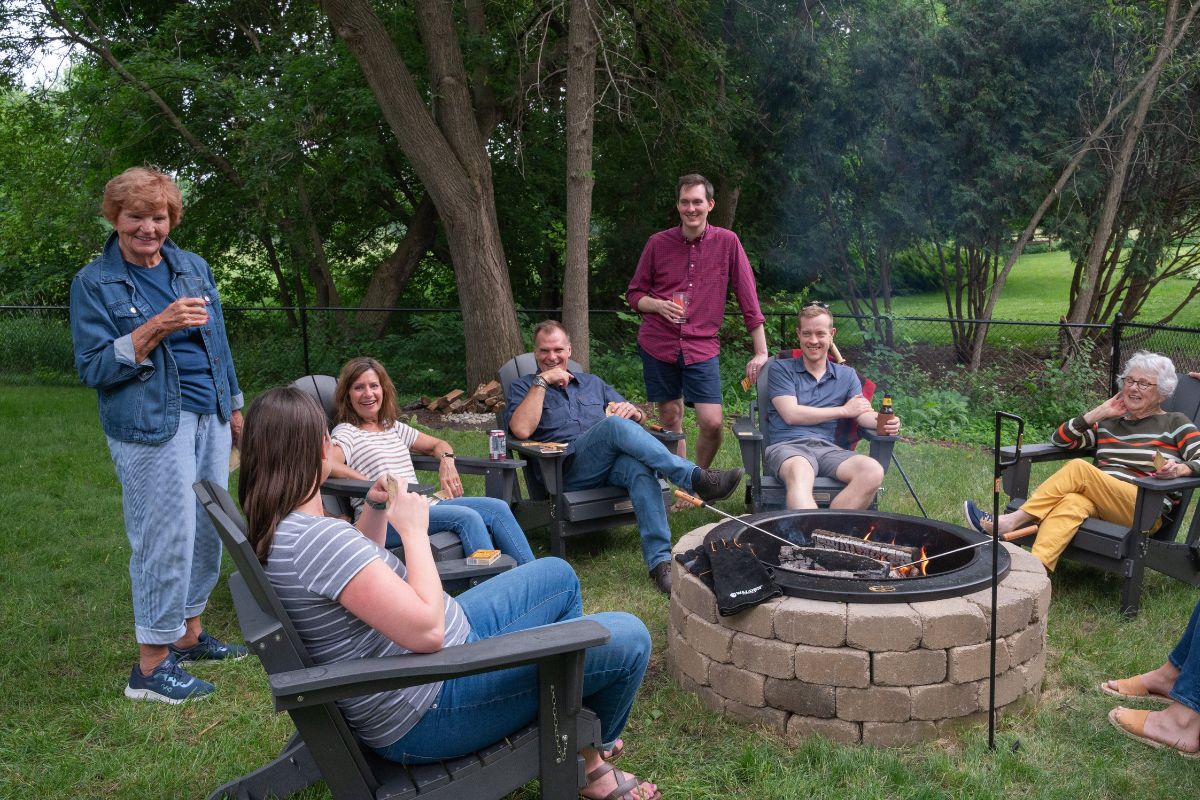
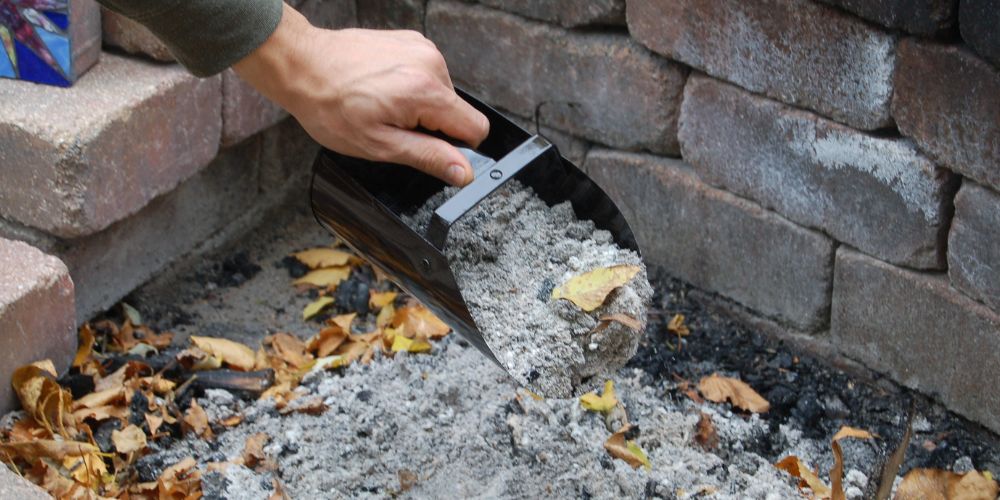
Leave a comment
This site is protected by hCaptcha and the hCaptcha Privacy Policy and Terms of Service apply.